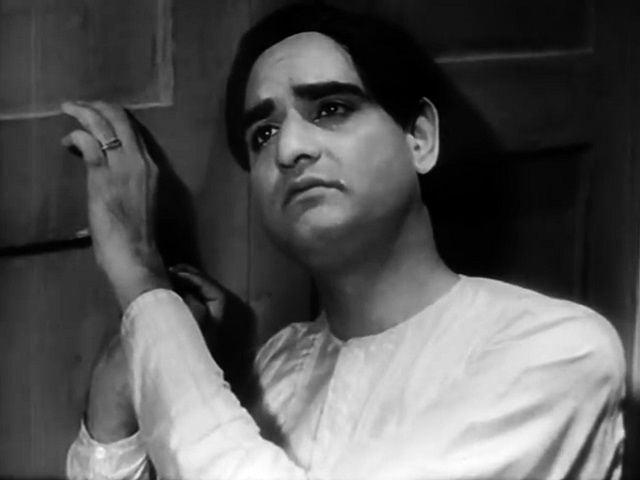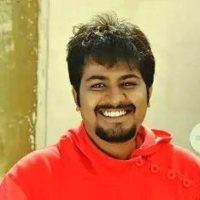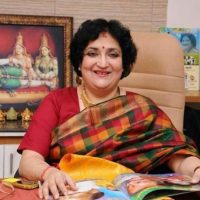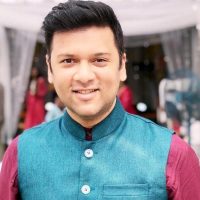| K. L. Saigal was born in Jammu and Kashmir but later resided in Jalandhar, Punjab. |
| His mother influenced his spirituality through religious events and music like Bhajans and Kirtans. |
| At the age of twelve, he performed a 'Meera Bhajan' at the court of Maharaja Pratap Singh. |
| His father was initially disappointed with his singing but later allowed him to act in local Ramleela functions. |
| He dropped out of school and worked as a Railway timekeeper to earn money. |
| Later, he moved to Shimla to work at the Gaiety Theatre and as a salesman for Remington Typewriter Company. |
| He eventually worked as a saree salesman in Kanpur and then moved to Calcutta to perform in mehfil-e-mushaira. |
| He was introduced to the film industry by Rai Chand Boral and B. N. Sircar in Calcutta. |
| Saigal's first successful film was 'Puran Bhagat' in 1933. |
| He revitalized the Ghazals of Mirza Ghalib in the 1930s. |
| Lata Mangeshkar expressed her desire to sing with Saigal. |
| Many singers like Mukesh and Kishore Kumar imitated his voice at the beginning of their careers. |
| Lata Mangeshkar once expressed a wish to marry Saigal. |
| He gained immense popularity with his role in the film 'Devdas' in 1935. |
| He learned Bengali to act in Bengali films before moving to Mumbai. |
| His popular songs include 'Balam Aaye Baso Moray Man Mein'. |
| In Mumbai, he worked on films like 'Bhakta Surdas' and 'Tansen'. |
| His songs 'Do Naina Matware' and 'Ae Qatib-e-Taqdeer Mujhe Itna Bata De' were widely loved. |
| He drank alcohol on someone's suggestion to alleviate back pain and foot soreness. |
| Despite rumors, his grandson mentioned that he was not heavily addicted to alcohol. |
| His songs continue to be cherished by music enthusiasts and the younger generation. |
| After his final film 'Parvana' in 1946, he retired to Jalandhar and passed away on 18 January 1947. |





